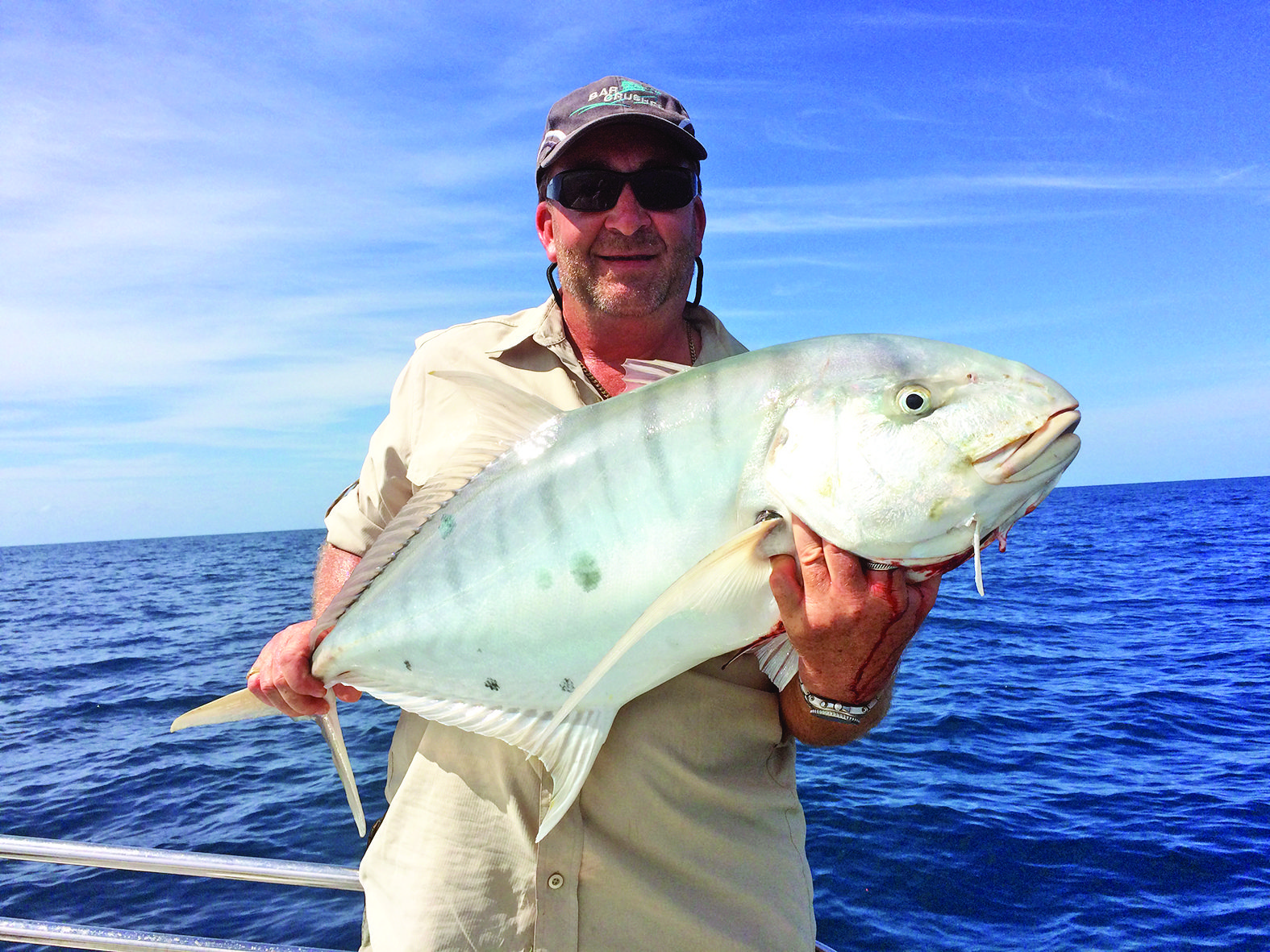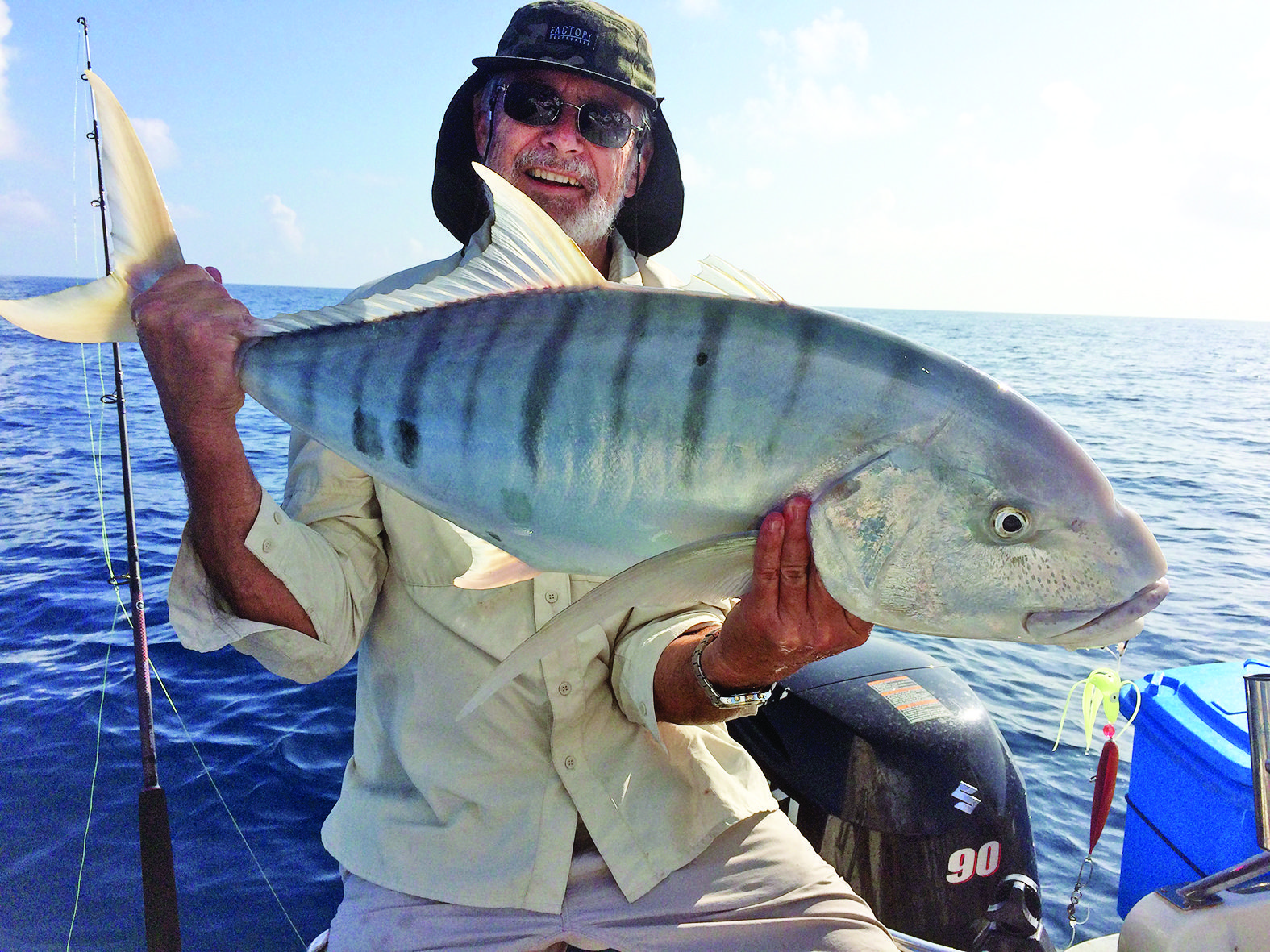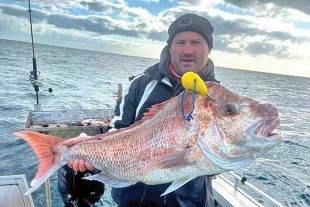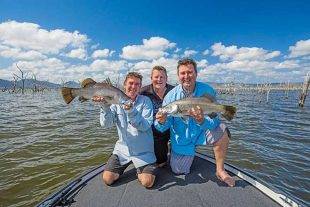IN this article I will talk about a fishing technique called micro jigging.
Micro jigging is taking off fast because it is a fun way to fish and is very active. And let’s face it, fish just love micro jigs. The fishos in Western Australia have been using this technique a while now and catching all types of fish including West Australian dhufish, coral trout and more. We have been a little slow on the uptake on the east coast, but we’ve made this technique our own, and boy is it productive.
We’ve been offering micro jigging and jigging charters for some time and have found the techniques very effective on many Great Barrier Reef fish species. Millions of micro jigs are on the market and I am sure they all work extremely well, though a couple of my preferred models come from the Shimano stable. The Shimano Bottom Ship jig and Coltsniper freefall are my favourites. A rule of thumb with micro jig sizes is usually a gram per metre. So if you’re fishing in 20m, a 20g jig would be ideal.
However some conditions complicate this rule. If the current and wind drift are strong, you may need slightly bigger jigs. Going as light as you can will definitely get you more bites because the micro jig will flutter and vibrate more, with a slower sink resulting in more bites. A downside to these jigs is the standard hooks are quite small, so I usually attach another 3/0 assist hook to get a better hook-up. This doesn’t seem to affect the action of the jig in any way.
It’s great to use light tackle with micro jigs and doing so will definitely see you hook more fish, but unfortunately the ever-increasing shark population means it’s simply not affordable to fish light. It is also a waste of our fishing resources because all you’ll be doing is feeding fantastic sportfish and quality table fish to the sharks.
Sharks really are a huge nuisance and a problem for our east coast sportfishing society. So we have upsized our jigging gear to 50lb to try to shorten the fights and land and release more fish rather than feeding them to the sharks, not to mention losing our favourite jigs. When upgrading your line class you will need to run a slightly heavier jig to compensate for the thicker line dragging through the water. As an indication, we have been using the 55g micro jigs in 45m of water.
When micro jigging, it is important to mix up your retrieve a little to see what is working on the day. Some days a simple yo-yo retrieve does the trick. This involves dropping the jig to the bottom, lifting the rod tip high and slowly dropping it back to the waterline while staying in contact with the jig to feel the bites. Every third or fourth lift, make a wind to slowly move the jig up through the water column until you get a bite. This works well when the fish are holding quite close to the bottom.
Another technique is to shake the rod tip as you slowly retrieve and another is a high-speed jig, which involves a short sharp jigging action with the rod in combination with a quick retrieve.





It is important to have good-quality electronics on your boat to ensure you are jigging where you see fish. We run Furuno gear and find it more than sufficient. It is important to choose areas with heavy concentrations of fish, because this is where fish can start competing against one another for food, and red-hot action involving double and triple hook-ups is not uncommon.
By using your sounder you can see where the fish are located in the water column, and multi-coloured jigging braid (a different colour every 10m) allows you to work your jig amongst the fish. For example, if the fish are sitting in the bottom 20m of a 50m water column, you would only jig up 30m and then drop the jig back down. This allows you to spend more time where the fish are, maximising your bites.
Endless numbers of micro jigging rods are on the market and I do believe they help you catch more fish when using this technique but they are not a must-have. You can quite easily use either a spinning outfit or high-speed overhead setup to get results. So utilise one of your existing rods to give this technique a go and I’m sure you’ll be hooked. It’s a great way to catch fish and will often produce fish when they have shut down on other techniques.
Another thing to do when micro jigging is to use long fluorocarbon leaders. A lot of the fish you will be targeting rely on their exceptional eyesight, so having a long, clear leader and keeping your braided line away from the jig will help you to get more bites.
When micro jigging, you will lose plenty of jigs to school mackerel and other toothy critters. This can be quite costly, so if the mackerel are sitting a little higher in the water, try not to retrieve too high. If you wish to catch mackerel and other bities you may want to use very light gauge single-strand wire to try to reduce the bite-offs. However, doing so will also reduce the number of bites you get.
If you would like to take part in a micro jigging day on the Great Barrier Reef catching species such as spanish mackerel, coral trout, all types of trevally and even black kingfish, come to Hinchinbrook Island and pay us a visit.
Until next month, Crack-a-jack!
 Bush 'n Beach Fishing Magazine Location reports & tips for fishing, boating, camping, kayaking, 4WDing in Queensland and Northern NSW
Bush 'n Beach Fishing Magazine Location reports & tips for fishing, boating, camping, kayaking, 4WDing in Queensland and Northern NSW










Hey its Dylan I am extremally passionate about micro jigging, I go out and jig every weekend in all the hot spots typically around wyuna